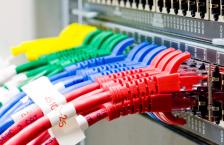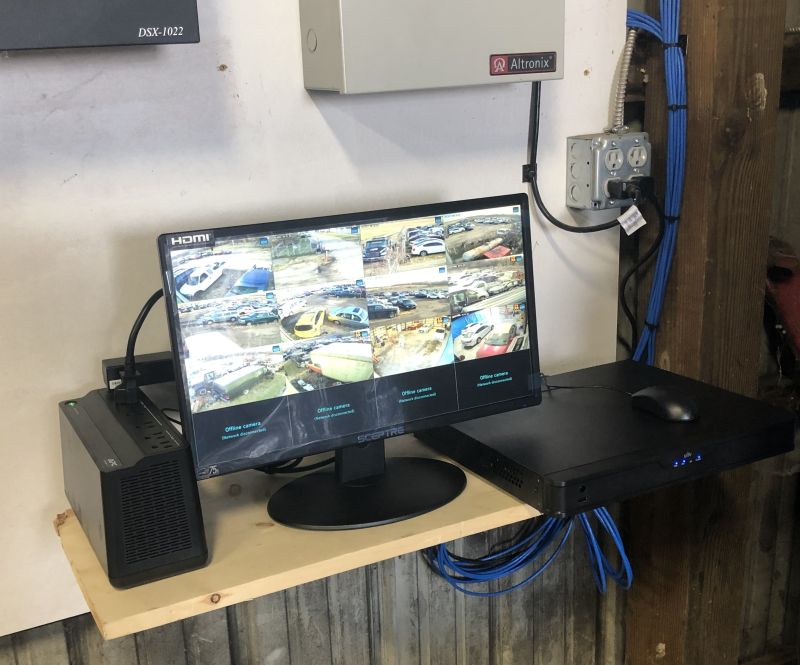Universal Serial Bus (USB) has become the standard for connecting peripherals and transferring data between devices. This guide provides an in-depth look at USB data transfer, including a brief history, an overview of key concepts, best practices, real-world examples, and common mistakes to avoid.
A Brief USB History
USB was introduced in 1996 and has undergone several revisions:
- USB 1.0 offered speeds up to 1.5 Mbps
- USB 2.0 (2000) increased speeds dramatically to 480 Mbps
- USB 3.0 (2008) pushed speeds into the Gbps range
The most common USB versions today are USB 2.0 and USB 3.0. USB 4 promises speeds up to 40 Gbps and support for Thunderbolt 3.
USB Key Concepts
There are several key concepts to understand about USB:
- Connectors: Such as USB-A, USB-B, and USB-C.
- Data Transfer Types: Control, interrupt, bulk, and isochronous.
- Speed: Low, full, high, super, and superspeed+.
- Power Delivery: Up to 100W with USB PD.
Best Practices
Follow these best practices for efficient data transfer:
- Use USB 3.0 devices for faster transfer speeds.
- Properly eject drives before disconnecting to prevent data loss.
- USB-C cables over 1m may reduce speeds for USB 3.2+.
- Keep drives virus-free and defragmented.
Real-World Examples
USB drives facilitate data transfer in various contexts:
- Business: Sharing files across departments.
- Personal: Backing up photos or documents.
- Industrial: Connecting sensors, controllers, etc..
Common Mistakes
Avoid these common USB data transfer mistakes:
- Using incompatible USB versions like USB 3.0 drive in a USB 2.0 port.
- Unsafely ejecting drives leading to possible data corruption.
- Transferring to a drive without enough storage space.
Conclusion
As data transfer needs intensify in our increasingly digital world, USB remains an essential standard. By understanding key concepts like transfer speeds, connectors, and best practices, users can ensure reliable and efficient data transfer. Avoiding common mistakes like version incompatibility or unsafe ejection is also key for a smooth and seamless USB data transfer experience.





